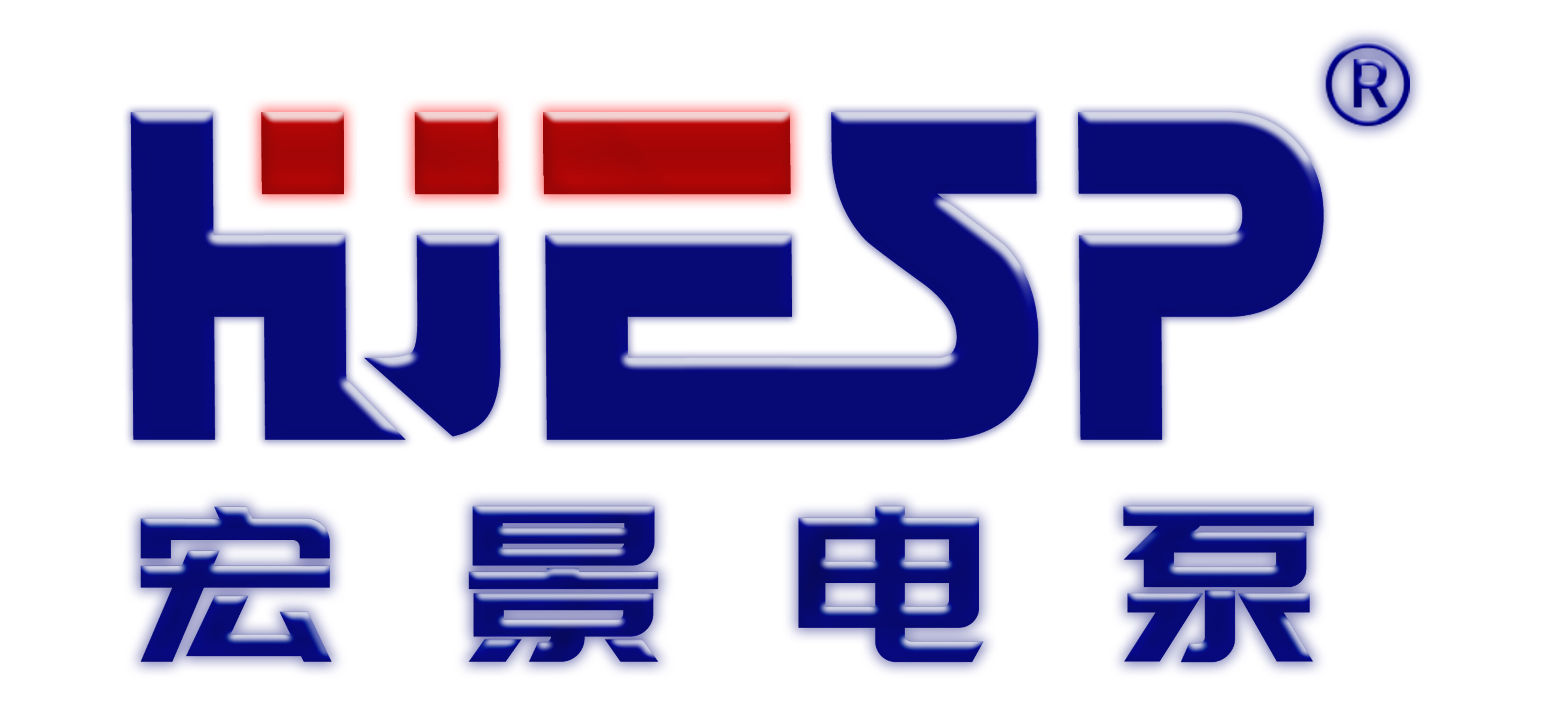Which Induction Motor Features Improve Energy Efficiency Fast?
This briefing highlights which Induction Motor Features deliver rapid, verifiable energy-efficiency gains and lower lifecycle costs for industrial applications such as oilfield artificial lifting, geothermal pumping, and mining operations. Emphasizing measurable performance, the discussion centers on design elements, materials, and systems integration that directly reduce losses and improve uptime while aligning with standards like IEC 60034 and IE efficiency classes.
Why focus on Induction Motor Features for immediate energy savings?
Most operational energy expenses for rotating equipment are dominated by motor efficiency. Selecting the right Induction Motor Features can reduce electrical losses and translate into immediate utility savings. Energy gains are not just theoretical: by addressing core, copper, stray, and mechanical losses through targeted features, facilities realize ROI within months to a few years depending on duty cycle and electricity cost.
Key design features that improve efficiency fast
The following Induction Motor Features are proven to produce rapid efficiency improvements:
- High-grade electrical steel and optimized lamination stacking to lower core losses.
- Increased copper slot fill factor and optimized conductor shapes to reduce I2R losses.
- Precision rotor-stator air-gap control and skew optimization to limit stray load losses.
- Improved ventilation and thermal paths enabling higher continuous power without derating.
- Premium bearings and reduced friction seals to cut mechanical losses and extend service intervals.
- Compatibility with modern variable frequency drives (VFDs) to maximize part-load efficiency and enable process control.
Materials and manufacturing choices matter
Material selection is among the most impactful Induction Motor Features. Using low-loss silicon steel, higher conductivity copper, and advanced insulation systems reduces both hysteresis and eddy current losses. Tight manufacturing tolerances—especially slot geometry and skewing—reduce harmonic generation and stray losses. These improvements are measurable in standard tests and validated against IEC and EN testing protocols.
Power electronics and system integration
Pairing the right Induction Motor Features with modern drive technology compounds savings. VFD-enabled motors deliver superior part-load efficiency, soft-start capability, reduced mechanical stress, and lower inrush currents. Integrating diagnostic-ready sensors (temperature, vibration, bearing condition) improves predictive maintenance and uptime—converting efficiency gains into reliable production.
Performance comparison: traditional induction vs advanced designs
Comparative analysis often highlights the gap between standard motors and optimized designs. In many field deployments, advanced design choices yield single-digit to double-digit percent improvements in efficiency. For projects requiring even higher gains, permanent magnet motor (PMM) architectures often outpace conventional induction machines. For example, our independently developed ESP PMM series demonstrates more than 25% higher energy efficiency and up to two-thirds shorter rotor length than same-power induction motors after field verification, offering a compelling alternative where space and efficiency are critical.
Table: Loss categories and features that mitigate them
Standards and measurable verification
When evaluating Induction Motor Features, insist on compliance with IEC 60034 series, and benchmark against IE efficiency classes (IE2/IE3/IE4 and beyond). Standardized tests—no-load, locked-rotor, and full-load efficiency measurements—allow apples-to-apples comparisons. Documented third-party test reports and certified performance curves are essential for procurement and risk mitigation.
Life-cycle cost and procurement guidance
Decision makers prioritize total cost of ownership (TCO). The right Induction Motor Features reduce energy consumption, maintenance time, and unplanned downtime, which together lower TCO. When preparing RFPs, include required efficiency class, expected duty cycle, ambient conditions, start-stop frequency, and preferred test standards. Also require factory acceptance tests and clear warranty terms covering efficiency and mechanical integrity.
Procurement checklist
- Specify target efficiency class and testing standard (IEC/EN).
- Request detailed loss breakdown and performance curves.
- Confirm compatibility with VFDs and site power quality.
- Ask for MTBF data, bearing specs, and maintenance intervals.
- Evaluate lifecycle cost including spare parts, service, and energy consumption.
Field applications and case insights
In oilfield artificial lifting and geothermal pumping, space constraints and continuous duty amplify the value of energy-efficient motors. Our field deployments show that advanced motor designs reduce installed footprint and lower operating costs. For buyers evaluating technology options, consider both optimized induction machines and high-efficiency PMM solutions where fuel or electricity price and space limitations justify premium capital expenditure.
Testing, quality control and supply chain considerations
Robust QA/QC processes are a key differentiator. Features such as vacuum pressure impregnation (VPI) windings, controlled heat treatment, and validated bearing preloads ensure consistent performance. Ask suppliers for batch traceability, non-destructive testing reports, and delivery lead times. For mission-critical projects, prioritize vendors with local service networks and documented on-site commissioning experience.
Common misconceptions and misuse
One common misconception is that nameplate power alone determines energy consumption. In reality, Induction Motor Features like efficiency at typical load, thermal management, and control strategy are decisive. Another error is undersizing cooling or ignoring harmonics from VFDs—both can degrade efficiency and accelerate failure.
Why choose our solutions
We combine deep engineering experience and field-proven designs. Our independently developed series, including high-efficiency outer-diameter permanent magnet motors, are validated in oilfields and geothermal applications. The ESP PMM line, for instance, has demonstrated over 25% energy savings versus standard induction machines and a substantially reduced motor length for the same power, translating into lower capex and easier installation.
How to proceed: evaluation and next steps
Start with a site-level energy and duty-cycle assessment to quantify potential savings. Request performance curves and third-party test reports for shortlisted models. For technical buyers and business evaluators, we offer technical consultations, comparative lifecycle cost modeling, and pilot deployments to demonstrate actual savings under your operating conditions.If you are ready to assess which Induction Motor Features will deliver the fastest ROI in your installation, contact our engineering team for case-specific analysis and proposals. Our specialists can run a duty-cycle audit, provide tailored comparisons to PMM options, and support procurement with standardized test documentation and field commissioning plans.
